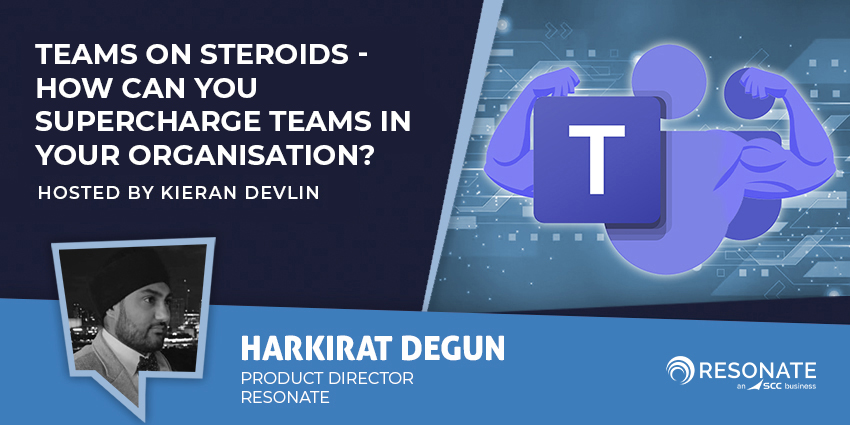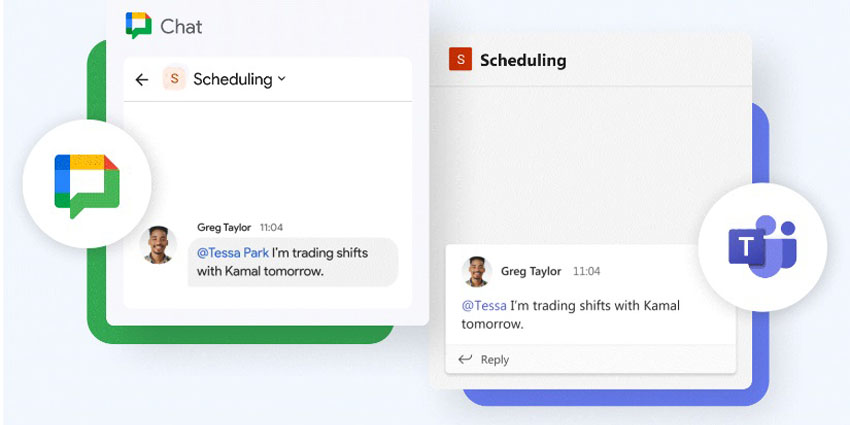Here’s a task you can try today. Sit down with something – a project, task, or even a book you want to read and focus on it without doing anything else for the next 90 minutes. That means no chatting with colleagues over instant messenger, no reading your emails, and no touching your phone the standard average of 2,617 times a day.
While doing something like that may seem simple enough on the surface, the truth is that many of us are struggling to engage in work practices that aren’t constantly hopping from one platform to another. According to Cal Newport, an assistant professor from Georgetown University, the ability to concentrate on “deep work” could be essential to ensuring productivity and efficiency in any workplace environment.
What is Deep Work and Shallow Work?
We’re living in a world that’s packed full of distractions. Even in the average office, you’ve got countless sources of collaboration available to you, and that often means flicking through different channels like email, instant messaging, and even video chat several times a day. This means that we’re always jumping between tasks, instead of focusing on them one at a time.
To put it into perspective, if you decide to sit down for an hour and brainstorm how you’re going to tackle a problem, then you work on one of the ideas that you come up with, that could be an example of deep work. On the other hand, if you reply to a bunch of emails, catch up on some instant messages, and then switch to a video call, that could be “shallow” work.
The truth is that most of the things we do every day are “shallow” work. There’s no avoiding that. No-one can do deep work all the time, and if you’re constantly performing shallow tasks and never addressing the important things, then you’re not going to be very productive either.
The problem with shallow work is particularly common among millennial workers and digital nomads who are used to trying to have everything at once. This demand for instant gratification often leads to more multitasking and juggling in the workforce, which means that tasks never get the full attention they deserve.
How Do We Work “Deeper”?
So, how do you shift the workplace dynamic to a focus on “deep” work? Well, as with most things, there’s rarely a one-size-fits-all solution. For some companies, the rise of automation in the workplace that allows agents to focus less on small, repetitive jobs will be a good way to reduce the reliance on shallow tasks. For others, the path to success might begin with finding the right collaborative tool that integrates everything they need on a single platform.
After all, if you can access all your communication strategies on a single-pane-of-glass, instead of moving between applications, this can help to streamline your focus on a specific project. The key to success for most will come from examining the way jobs are done in the workplace today and thinking about which changes need to be made to reduce the time colleagues spend checking their emails and responding to distracting social media messages.
Today’s businesses need to come up with a plan of action for focus if they want to overcome the ever-increasing problem of distraction. When there are so many modes of technology vying for attention in the workplace, the choice is either remove the source of the distraction and risk losing productivity or implement a structure that allows employees to decide where to properly focus their limited supply of attention.







